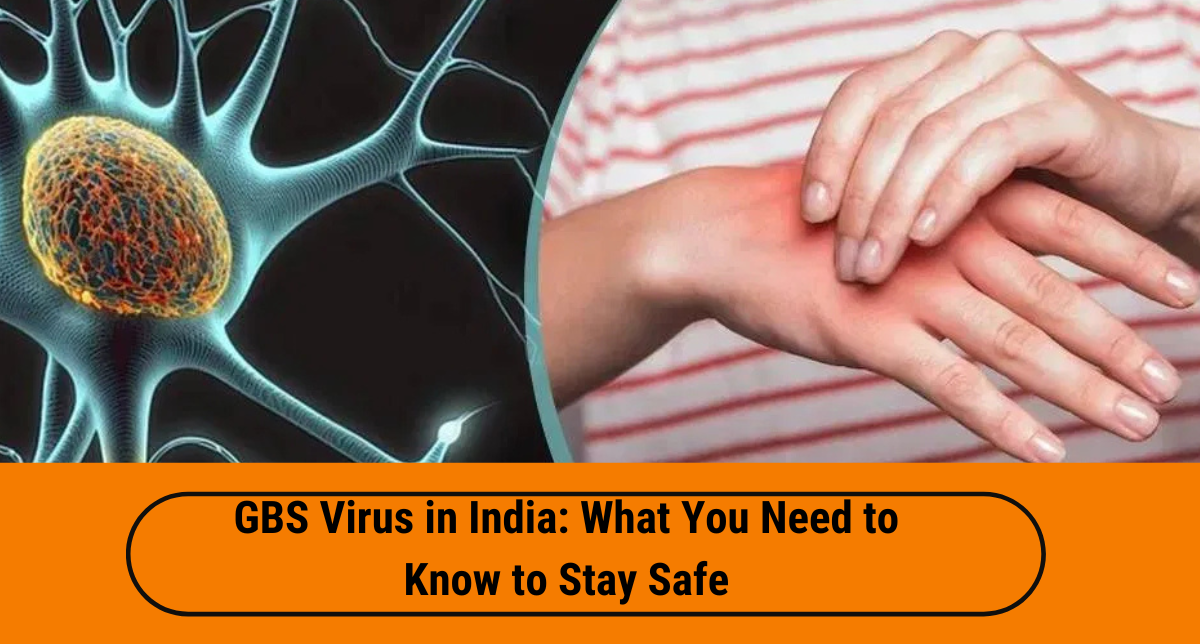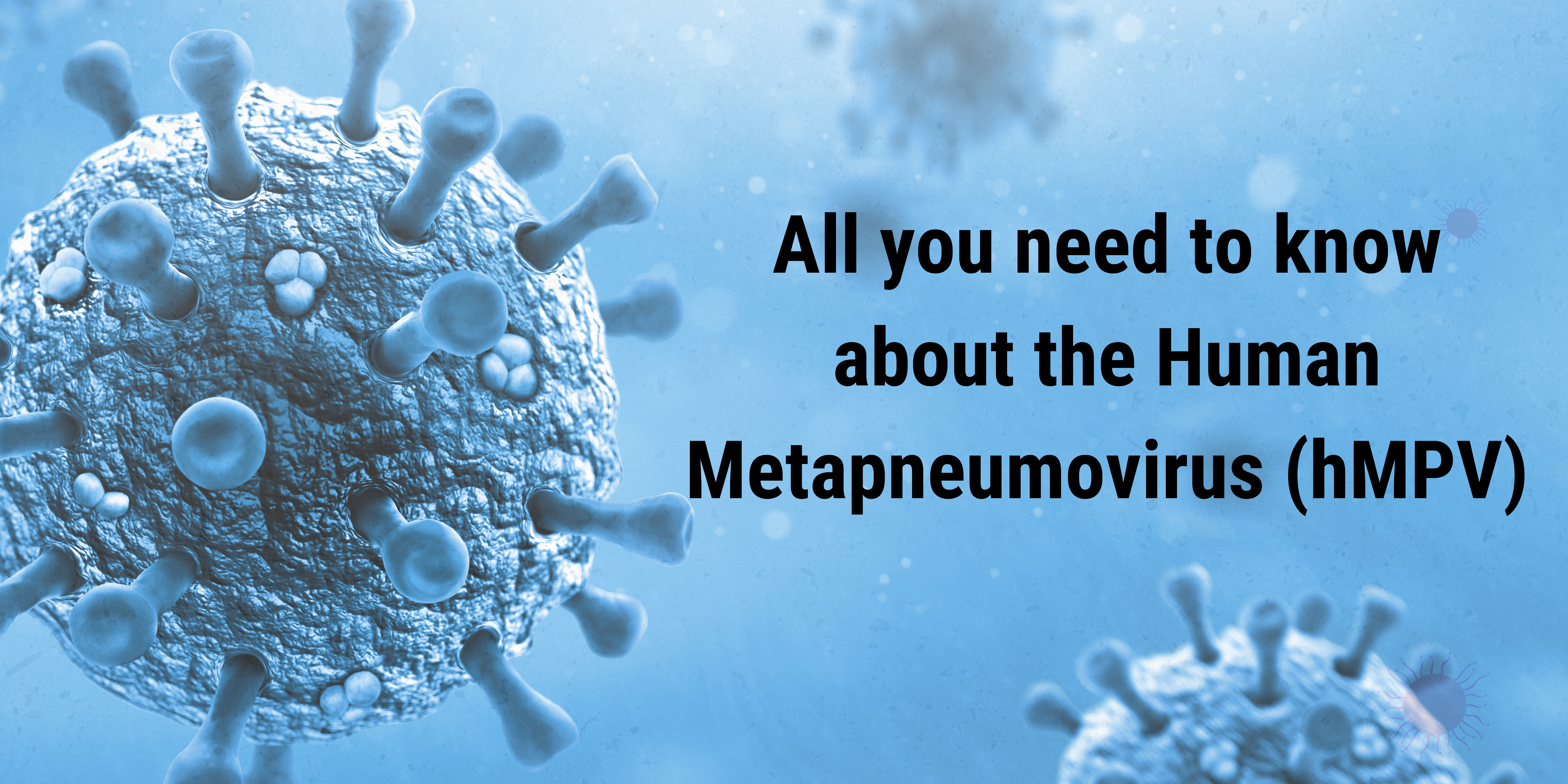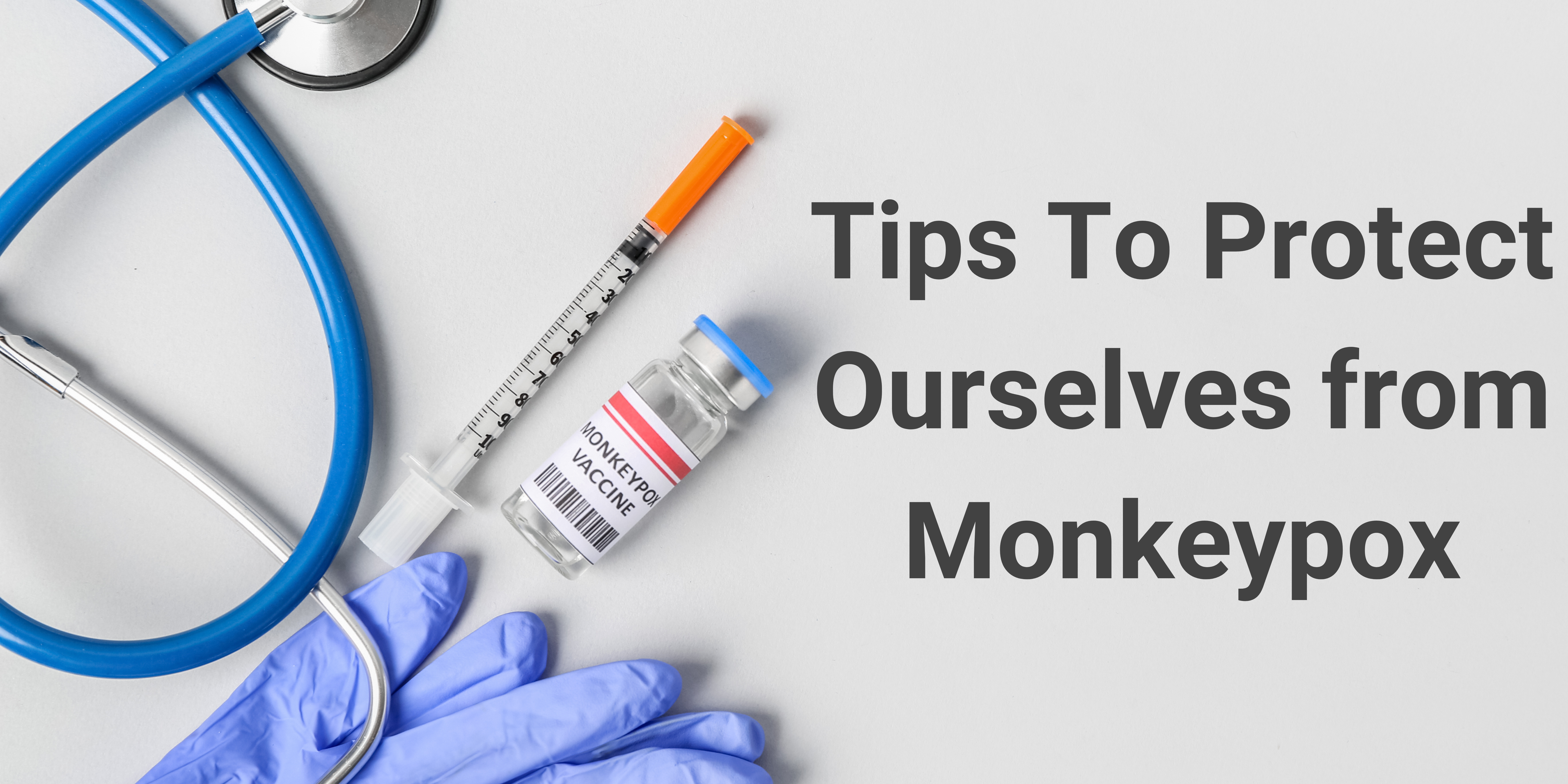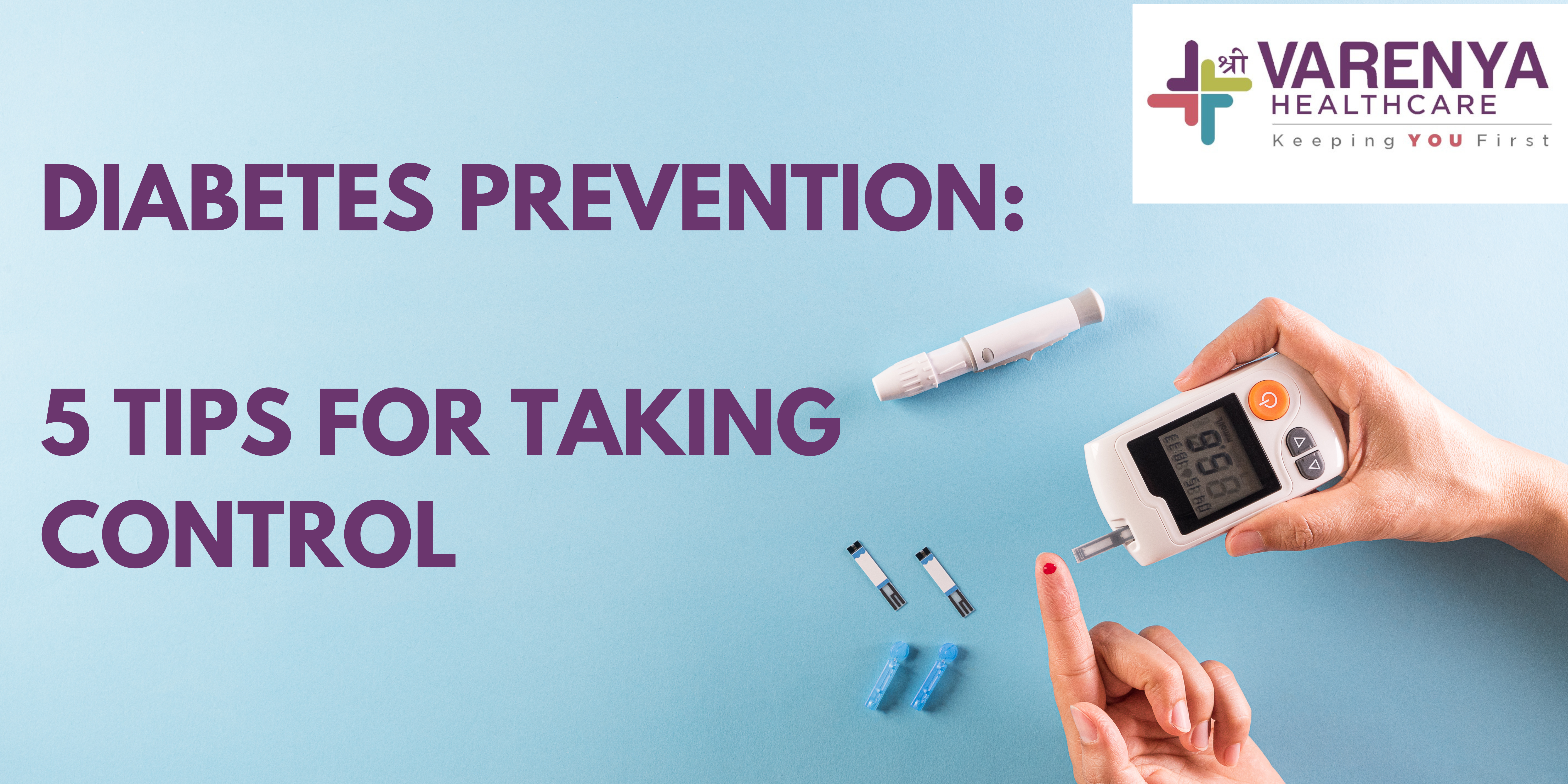Halfway through 2024, Monkeypox is spreading globally— Are we on the verge of another pandemic? With medical authorities expressing serious concern, we as global citizens must stay informed and vigilant. Let’s deep dive into the signs and symptoms of monkeypox to protect ourselves and others better
What is Monkeypox?
Monkeypox is a viral zoonotic disease, which means it can be transmitted from animals to humans. The monkeypox virus causes it, a member of the Orthopoxvirus genus, which includes variola (the virus responsible for smallpox), vaccinia (used in the smallpox vaccine), and cowpox viruses
Monkeypox was first discovered in 1958 when two outbreaks occurred in colonies of monkeys kept for research, hence the name “monkeypox.”The first human case of monkeypox was identified in 1970 in the Democratic Republic of Congo. Since then, the virus has been reported in several Central and West African countries.
However, in recent years, cases have been reported outside Africa, raising concerns about the potential for global spread.
How Does Monkeypox Spread?
Monkeypox can spread through:
- Direct contact with the blood.
- Bodily fluids, or cutaneous or mucosal lesions of infected animals.
- Human-to-human transmission occurs primarily through respiratory droplets during prolonged face-to-face contact, direct contact with body fluids or lesion material, and indirect contact with lesion material,
- It can spread through materials, such as contaminated sheets, clothes, or needles
- The virus can also spread from mother to fetus through the placenta, or during childbirth.
- Monkeypox can spread through close contact of any kind, including kissing, touching, oral and penetrative vaginal or anal sex with someone infectious.
What are the symptoms of Monkeypox?
The symptoms of monkeypox are similar to those of smallpox but generally milder. The incubation period (the time from infection to symptoms) ranges from 5 to 21 days. The illness begins with the following symptoms:
- Fever: A sudden onset of fever is one of the first signs of monkeypox.
- Headache: A severe headache with fever.
- Muscle Aches: Myalgia (muscle pain) is common, along with back pain.
- Swollen Lymph Nodes: Lymphadenopathy (swollen lymph nodes) is a distinguishing feature of monkeypox and not in smallpox. Swelling of lymph nodes can occur in the neck, armpits, or groin.
- Chills and Exhaustion: Fatigue and chills are also common.
- Pain: Some people also have painful swelling of their rectum or pain and difficulty when peeing.
After the initial symptoms, a rash develops within 1 to 3 days after the fever. The rash often starts on the face and spreads to other parts of the body, including the palms of the hands and soles of the feet. The rash progresses through the following stages before finally forming a scab that falls off:
- Macules: Flat, red spots appear on the skin.
- Papules: These spots become raised bumps.
- Vesicles: The bumps fill with clear fluid.
- Pustules: The fluid turns yellowish, and the bumps become pus-filled.
- Scabs: The pustules crust over, forming scabs.
The rash can be itchy or painful, and in severe cases, it covers large areas of the body.
How to cure and manage Monkeypox?
There is no specific treatment for monkeypox. The disease usually heals on its own. Most people recover within 2 to 4 weeks without treatment. However, supportive care is essential to manage symptoms and prevent complications.
- Pain Management: Take over-the-counter medications for pain like paracetamol (acetaminophen) or ibuprofen
- Hydration: Keep yourself well hydrated with fluids in any form.
- Skin Care: Keeping the skin clean and dry can prevent secondary bacterial infections. Antiseptic ointments can be applied to lesions to reduce the risk of infection.
In severe cases, antiviral medications like tecovirimat (TPOXX), initially developed for smallpox, may be used under compassionate use protocols or in clinical trials. Vaccinia immune globulin (VIG), a treatment for complications related to the smallpox vaccine, may also be considered.
How to prevent Monkeypox?
Preventing monkeypox involves taking measures to reduce the risk of exposure to the virus. Here are some preventive measures:
- Avoid Contact with Infected Animals: Since monkeypox can be transmitted from animals to humans, it’s essential to avoid contact with animals that could carry the virus, particularly in areas where monkeypox is spreading Avoid touching or eating meat and stay away from rodents and other wild animals
- Practice Good Hygiene: Frequent handwashing with soap and water or using an alcohol-based hand sanitizer can help reduce the risk of transmission. This is particularly important after contact with infected individuals, animals, or contaminated materials.
- Use Personal Protective Equipment (PPE): In healthcare settings or when caring for infected individuals, using PPE such as gloves, masks, and gowns can reduce the risk of transmission. Proper disposal of PPE and contaminated materials is also crucial.
- Isolate Infected Individuals: To prevent the spread of the virus, individuals who are infected with monkeypox should be isolated from others. This includes staying home from work or school and avoiding public places until the rash has fully healed and all scabs have fallen off.
- Vaccination: The smallpox vaccine, which also protects monkeypox, can be used in the event of an outbreak. While routine smallpox vaccination ended after the disease was eradicated, vaccines like JYNNEOS (also known as Imvamune or Imvanex) are approved for monkeypox prevention in certain populations, including healthcare workers and those at high risk of exposure.
- Avoid Contaminated Materials: Bedding, clothing, and other materials that have been in contact with an infected person should be handled carefully. Wearing gloves and washing the items in hot water with detergent can help prevent the spread of the virus.
- Don’t pop blisters or scratch sores, which can slow healing, spread the rash to other parts of the body, and cause sores to become infected.
- Don’t shave areas with sores until scabs have healed and you have new skin underneath (this can spread the rash to other parts of the body).
- Keep your skin dry as much as possible and cover it with a thin cloth in case someone is around.
- Use saltwater rinses for sores in the mouth
- Take sitz baths or warm baths with baking soda or Epsom salts for body sores
The global health community is actively monitoring monkeypox outbreaks and working to prevent the spread of the virus. Public health education, surveillance, and vaccination campaigns are key components of these efforts.
By increasing awareness and taking preventive measures, we can reduce the risk of monkeypox becoming a widespread public health threat.
Awareness about this disease can help in the early detection of this disease and can help to stop the spread of this deadly disease.
Monkeypox remains a significant health concern. Understanding the symptoms, seeking appropriate treatment, and taking protective measures can help minimize the impact of this virus.
As responsible citizens, we must be aware of the monkeypox symptoms and spread awareness within our communities. Practice good hygiene, maintain a clean environment, and report any suspected cases you encounter. Together, we can help prevent the spread and protect public health.
Our team at Varenya Healthcare is here to assist you. For more information and guidance on monkeypox, don’t hesitate to reach out to us. We’re committed to providing you with the knowledge and support you need to stay informed and safe.
Click here to book a consultation session with us






